Damodar Dharmananda Kosambi (July 31, 1907-June 29, 1966) was an Indian mathematician, statistician, and polymath, who contributed to genetics by introducing Kosambi's map function. He is well-known for his work in numismatics and for compiling critical editions of ancient Sanskrit texts. Dharmananda Damodar Kosambi, his father, had studied ancient Indian texts with particular emphasis on Buddhism and its literature in Pali language. Damodar Kosambi emulated him by taking interest in his country's yesteryears. Professor Kosambi was also a historian of ancient India who employed the historical materialist approach in his work. He was critical of the policies of then prime minister Jawaharlal Nehru, which, according to him, promoted capitalism in the guise of democratic socialism. He was an enthusiast of the Chinese revolution and its ideals, and, in addition, a leading activist in the World Peace Movement.
After a few years of schooling in India, in 1918 D.D. Kosambi and his elder sister, Manik Kosambi, traveled to Cambridge, Massachusetts with his father, who was assisting Harvard University professors in compiling a critical edition of the Visuddimagga, a book on Buddhist philosophy. There he spent a year in the Grammar school and then was admitted to the Cambridge High and Latin School in 1920. He became a member of the Cambridge branch of American Boy Scouts.
It was here in Cambridge that he befriended another prodigy of the time, Norbert Wiener, whose father Leo Wiener was the elder Kosambi's colleague at Harvard University.
Kosambi did well in his final school examination. He was one of the few candidates who were exempted on their merit from passing an entrance examination essential at the time to enter into Harvard University. He joined the university in 1924, but eventually postponed his studies, and returned to India. He stayed with his father who was now working in the Gujarat University, and was in the close circles of Mahatma Gandhi.
In January 1926, Kosambi returned to the US with his father, who once again studied at Harvard University for a year and half. Kosambi studied mathematics under George David Birkhoff, who wanted him to concentrate on mathematics, but the ambitious Kosambi instead took many diverse courses excelling in each of them. In 1929, Harvard awarded him the Bachelor of Arts degree with a summa cum laude. He was also granted membership to the esteemed Phi Beta Kappa Society, the oldest undergraduate honours organization in the United States. He returned to India soon after.
He obtained the post of professor at the Banaras Hindu University (BHU). He taught German along with Mathematics. He struggled to pursue his research on his own, and published his first research paper, "Precessions of an Elliptic Orbit" in the Indian Journal of Physics in 1930.
In 1931, he got married to Nalini, daughter of a very wealthy and distinguished member of the Madgaonkar family. It was in this year that he was hired by mathematician Andre Weil, then Professor of Mathematics at Aligarh Muslim University, to the post of lecturership in mathematics at Aligarh.His other colleagues at Aligarh included Vijayraghavan. During his two years stay in Aligarh, he produced eight research papers in the general area of Differential Geometry and Path Spaces. His fluency in several European languages allowed him to publish some of his early papers in French, Italian and German journals in their respective languages.
In 1933, he joined the Deccan Education Society’s Fergusson College in Pune, where he taught mathematics for the next 12 years. In 1935, his eldest daughter, Maya was born, while in 1939, the youngest, Meera, a well-known sociologist and feminist was born.
In Pune, while teaching mathematics and conducting research in the field, he started his interdisciplinary pursuit. In 1944 he published a small article of 4 pages titled ‘The Estimation of Map Distance from Recombination Values’ in Annals of Eugenics, in which he introduced what later came to be known as Kosambi's Map Function.
One of the most important contributions of Kosambi to statistics is the widely known technique called Proper Orthogonal Decomposition (POD). Although it was originally developed by Kosambi in 1943, it is now referred to as the Karhunen-Loeve expansion. In the 1943 paper entitled 'Statistics in Function Space' presented in the Journal of the Indian Mathematical Society, Kosambi presented the Proper Orthogonal Decomposition some years before Karhunen (1945) and Loeve (1948). This tool has found application to such diverse field as image processing, signal processing, data compression, oceanography, chemical engineering and fluid mechanics. Unfortunately this most important contribution of his is barely acknowledged in most papers that utilize the POD method. In recent years though, it is heartening to note that some authors have indeed referred to it as the Kosambi-Karhunen-Loeve decomposition.
It was his studies in numismatics that initiated him in the field of historical research. He made a thorough study of Sanskrit and ancient literature, and he started his classic work on the ancient poet Bhartrihari. He published his critical editions of Bhartrihari's Shatakatrayee and Subhashitas during 1945-1948. It was during this period that he started his political activism, coming close to the radical streams in the ongoing Independence movement, especially the Communist Party of India. He became an outspoken Marxist and wrote some political articles.






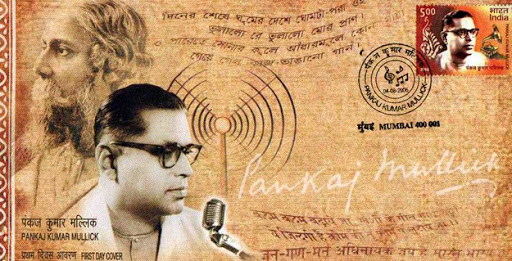
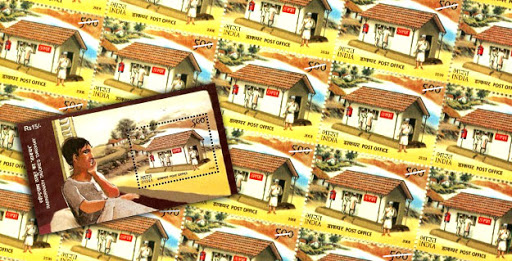
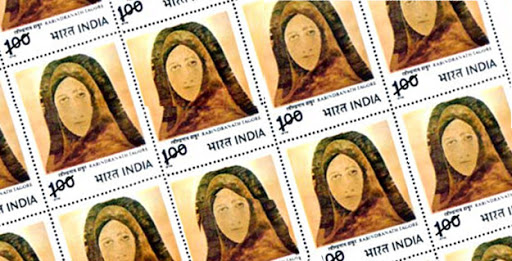
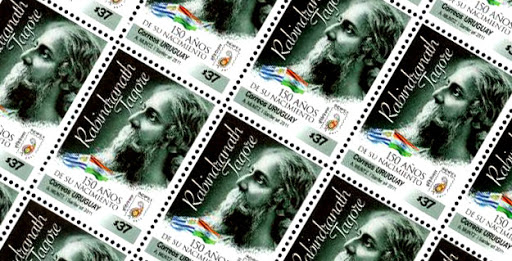
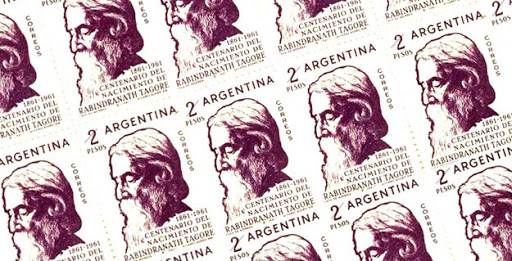
0 comments:
Post a Comment